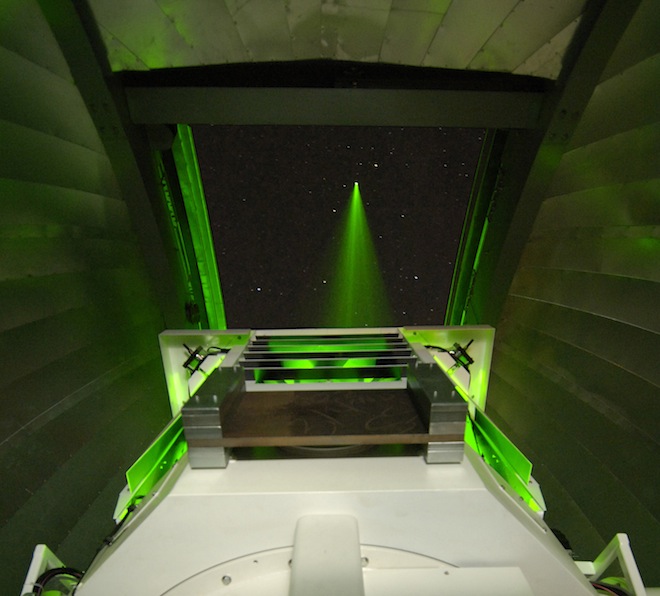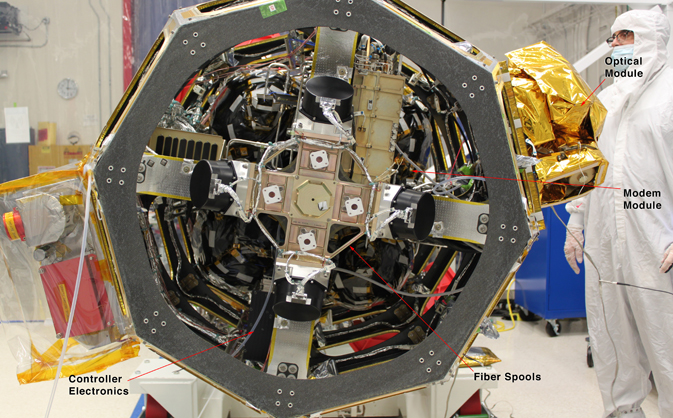
NASA’s Internet experiment – Lunar Laser Communication Demonstration: Now that’s fast Internet!
The Headline at NASA’s Lunar Laser Communication Demonstration homepage at NASA goes like this
“The Internet is no longer limited by the slow speed of dial-up connections, so why should our satellites be ?”
 In the digital world that we live in, we often hear people claim how awesome their internet connection speed is and how quickly you can download files that are a few GBs. Ever wondered how the satellites used to communicate? Apparently they were transmitting information using the Radio signals and that’s understandable considering it’s far more reliable than other means. But as you would imagine it had to be much slower than the other super fast technologies available on planet.
In the digital world that we live in, we often hear people claim how awesome their internet connection speed is and how quickly you can download files that are a few GBs. Ever wondered how the satellites used to communicate? Apparently they were transmitting information using the Radio signals and that’s understandable considering it’s far more reliable than other means. But as you would imagine it had to be much slower than the other super fast technologies available on planet.
NASA’s latest Lunar Laser Communication Demonstration (LLCD) is an attempt to increase the data downlink rates between the Satellite and the ground station using Optical Laser instruments to transfer data. The instrument is onboard NASA’s LADEE lunar satellite. LADEE is NASA’s moon mission which is on its way to orbit the moon to gather detailed information about the lunar atmosphere, conditions near the surface and environmental influences on lunar dust.
So NASA has set a new record for space communication using their LLCD onboard LADEE which is 380,000 Kilometers away from us, orbiting the moon.
Well actually I was curious to know “How fast is it really?”.

Hold your breath!!
Download Speed: 622 Mbps and Upload Speed: 20 Mbps!!
Boy oh Boy!! Now thats fast or what. The fastest internet speed I have ever experienced was in my office in India where we had a 50 Mbps downlink and now 622!! Awesomeness!!
With just a Laser beam, the spacecraft could send High Resolution Satellite Imagery much faster than the usual Radio beam communication. But like all good things, the Laser doesn’t work even if the instrument is just millimeters off. A few mms over 380,000 Kilometers!! This project is touted just as the beginning. The Laser Communications Relay Demonstration is expected to further test the technology in 2017.
High Speed Inter-Planetary Internet: CHECK! All set for colonizing the universe are we 😉
Source: Wired






